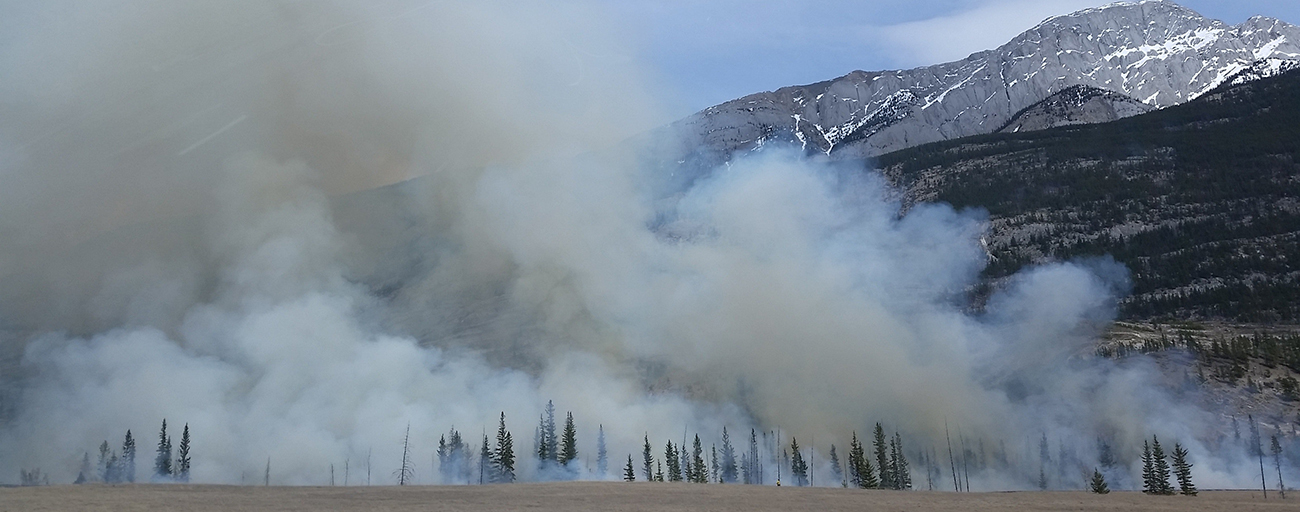
Improving air quality through equitable monitoring
Danae Hernández-Cortés, ASU School of Sustainability
Background
The Phoenix metropolitan area is among one of the most polluted areas in the United States in terms of air quality. Not only can this pollution exacerbate a host of illnesses ranging from asthma to dementia, it can be deadly; The World Health Organization estimates that air pollution kills an estimated seven million people in the world each year. Within the U.S., evidence suggests that air pollution concentrations are higher in communities of color and low-income communities, making it a key driver of observed health inequities in the United States.
Pollution monitoring is an important aspect of air quality policy: several pollution policies are driven by information collected by pollution monitoring stations located throughout the United States. However, these monitors are costly and scarce: in Maricopa County alone, there are 23 monitoring sites that serve a growing population of 4.4 million inhabitants. Analyzing how to develop air quality monitoring networks that provide information about all communities will allow policy makers to understand air pollution vulnerabilities and how to improve air quality policies that can benefit communities, especially those who have historically experienced a heavier burden of pollution damages.
Research questions
-
What is the current location, geographical, and temporal coverage of the air pollution monitoring network?
-
What are the characteristics of the communities that are served by air quality monitoring sites?
-
What are the geographic areas that could benefit from improving the current pollution monitoring network?
Methods and findings
This project collected data from different sources including the U.S. Census, privately owned individual socioeconomic data, the Environmental Protection Agency, and Maricopa County Air Quality Department. We mapped the location of the existing air quality monitoring stations in Maricopa County and analyzed the location of these stations with respect to Maricopa County’s diverse communities and their socioeconomic characteristics. This analysis allowed us to identify which communities experience lesser pollution monitoring and their average pollution exposure.
We used the collected data to create an interactive mapping tool that allowed us to identify the location of existing monitoring stations, their historical pollution levels, and the socioeconomic characteristics of surrounding communities. This will allow policy makers to understand which areas would benefit from expanded air quality monitoring coverage, and give them the tools to develop more equitable air quality monitoring plans.
Partners
-
Economics for Sustainability (EFS) Lab Center for Energy and Society
-
Center for Energy and Society
Impact
Our mapping tool will positively impact the Maricopa County community by informing the current trends in pollution and economic vulnerability and mapping pollution inequities and blind spots in monitoring networks within the Phoenix metropolitan area. This tool can be used to 1) identify areas with pollution disparities and 2) design programs that increase community resilience efforts by decreasing air pollution. Many local organizations support transport electrification and improved access to public transit in the metropolitan area. Identifying the most vulnerable areas will allow them to design programs that can benefit these communities by reducing their air pollution exposure.
Deliverables
The project deliverable is an online mapping tool that will present the location of pollution monitoring sites, the average pollution concentrations at the census block group level, and the socioeconomic characteristics of disproportionately exposed populations. The tool provides a visualization of the pollution trends by monitoring sites and provides information on historical pollution levels.
Danae Hernández-Cortés
Assistant Professor
ASU School of Sustainability
Academic Fellow, 2022
Danae Hernández-Cortés is an assistant professor in the School for the Future of Innovation in Society and the School of Sustainability. She joined ASU from the University of California Santa Barbara, where she received her doctorate in economics with an emphasis in environmental science. Hernández-Cortés' research explores equitable energy transitions, environmental justice and environmental economics.
